The failure of smart homes
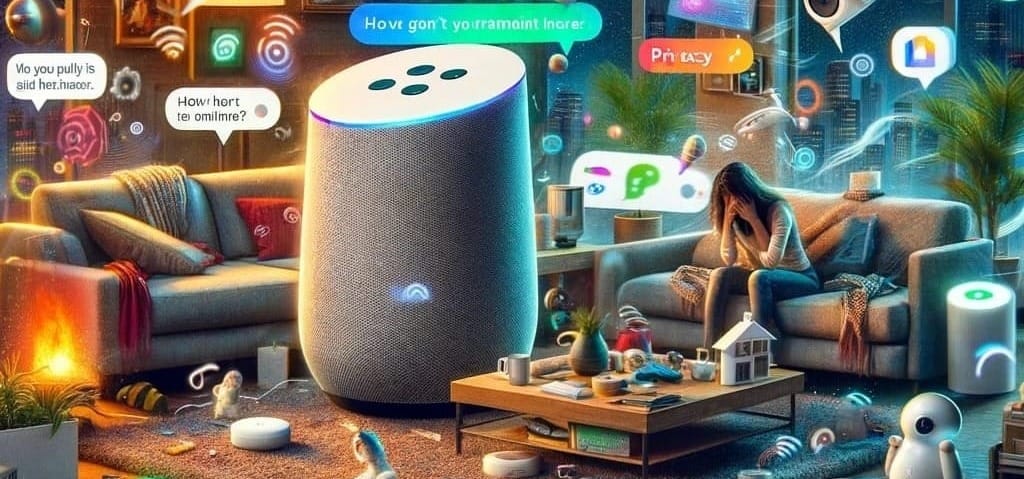
I bought my first smart home product in 2013 when I got a Nest Thermostat. At the time I was living in an apartment where my bed was up in a loft, and changing the temperature was quite the ordeal that involved going down some steep stairs in the middle of the night. Getting that first smart home product felt like magic, and the possibilities seemed endless…. Think of how much time you could save by telling your voice assistant to do things for you!
Fast forward 11 years, and the dream has ended. Smart homes just don’t work. Not only is there no magic feeling, the primary experience is one of frustration and anger.
Impact for effort
The first issue is the amount of time and effort required to get a functioning smart home, or to add new functionality to it.
More than any other product category, you have to research for hours before making a buying decision to figure out if the device is going to work in your situation. More than any other product category, you’re just as likely to get the device in your home and find out it doesn’t work anything like you’d expect it to.
Home automation is a bottomless pit of wasted time.
Ease of use
Ultimately the issue starts with the interface, and the interface that kicked off home automation was the voice assistant. Amazon launched Alexa, Google launched Google Home, and Apple launched Siri on HomeKit.
After years of using these platforms, I’ve realized that voice as the primary form of interaction is heavily flawed. First, it requires the user to be educated on which commands they can use. Maybe AI improvements are coming to these devices soon, but for the time being they can’t just process natural language commands; the user has to speak a bit like a robot and stick to a limited set of commands.
Next, there are times where you don’t want to have to speak to turn off the lights, like if other people are sleeping. Voice isn’t a universal interface that basically works in all situations. For example, if you have guests come over and they’ve never used Apple’s Siri to control a light, they would be better off with an actual light switch.
Lastly, it’s not really clear what these voice assistants are doing with your commands, and their responses aren’t really helpful. Adding in a visual dashboard like a Google Nest Hub definitely improves the experience, but no one has really cracked the code on dashboards yet.
All of this is to say that smart home automation as a category still hasn’t settled on a user interface that’s easy to learn and universal to all homes, and this creates a major friction point.
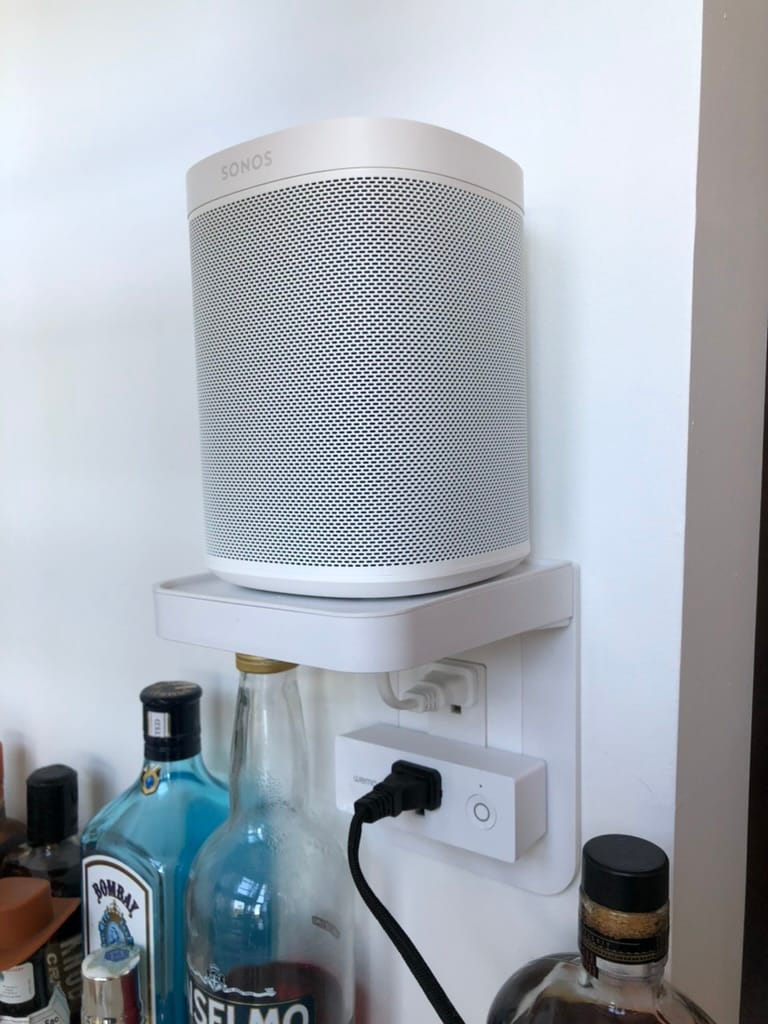
Complexity
Home automation can get really complex. As we discussed above, there are many different types of voice platforms. Each smart home ecosystem then has its own hubs; Lutron has its hub, Hue has its own hub, while others just use WiFi. To make matters worse, there are hubs, bridges, connectors, and super hubs. Then you have cloud devices vs local devices. Then we get to “standards”, the thing that’s supposed to help the consumer navigate this complexity. Matter, “works with Google”, “works with Alexa” , “friends of Hue” are all examples of attempts to standardize.
Even after hours of reading about this stuff, and having a background in things like setting up basic home labs, I’m overwhelmed and confused by the options. I don’t think the average consumer has a chance.
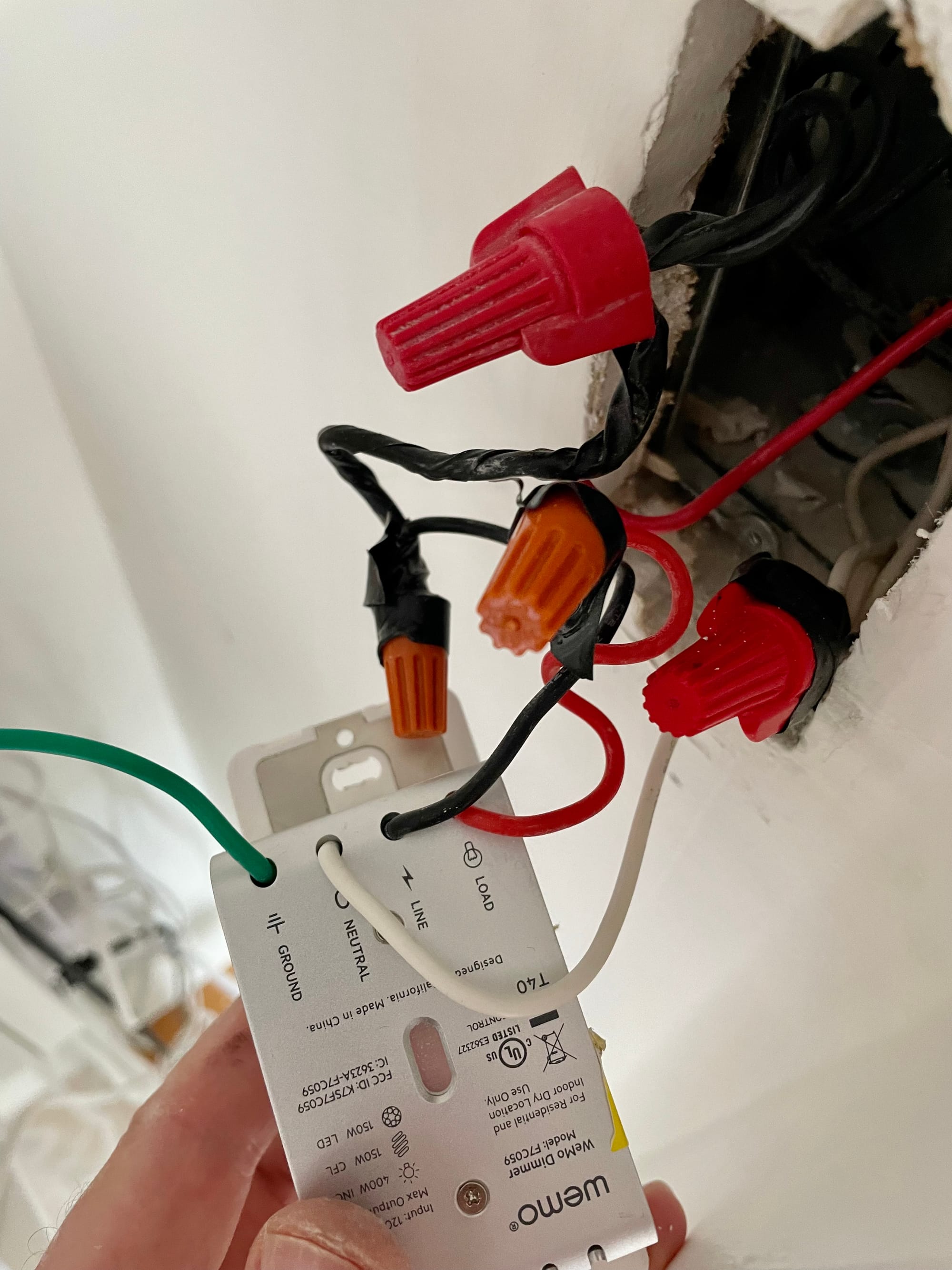
Interoperability
So even if you got through the layers of complexity above and understood what you want to buy, it's not clear that those products will work with the other products that you have.
I’m empathetic to the challenge here; this is a hard problem. I think it’s made worse by the fact that a lot of the technology to build smart home devices is increasingly cheap, so many different people can make the actual devices. The hard part is building the software, so that your device works with other systems, and my assumption is that not all organizations can afford to make sure their devices constantly always work with everything.
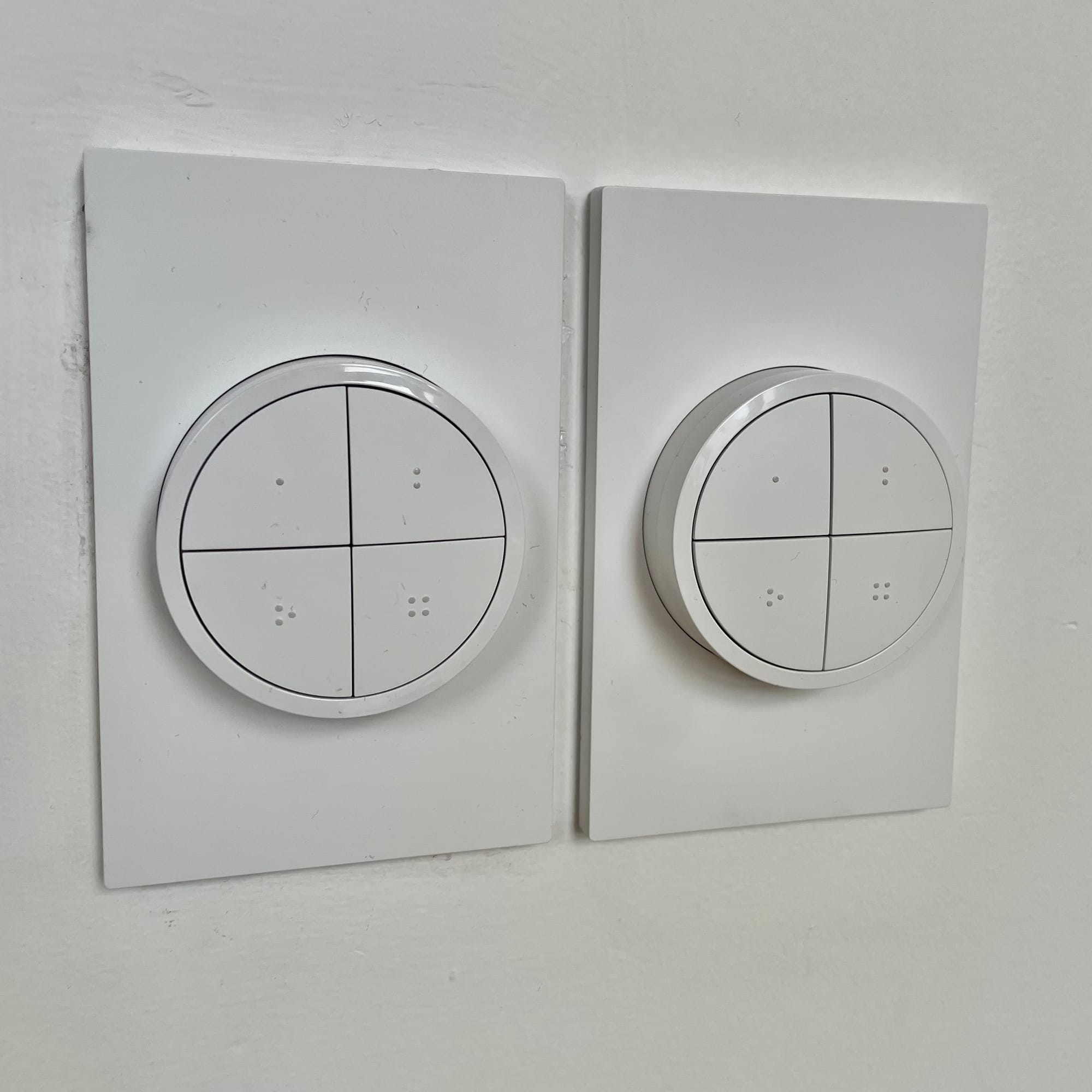
Reliability
So even if you pick the right device, and you get that device working with everything else, it doesn’t mean that it’ll keep working over time. A lot of the complaints you see about home automation are devices going offline or only working intermittently and a lot of that has to do with WiFi coverage, or the coverage of Zigbee networks in your house.
People don’t realize that the product needs good wireless or wired access to function correctly, and most people aren’t pros at assessing the coverage of these networks in their home, so they blame the lack of reliability on the devices. Obviously , some devices cheap out and use less effective WiFi or Zigbee radios, and that further complicates things. Then it gets even worse with fully battery powered devices that are constantly trying to save power by not actually being connected all the time.
The competition is an old fashioned light switch… that never really breaks. It’s a very tall order to expect these smart devices to compete with that level of reliability.
Longevity
At this point, I know I’m belaboring the point, but if you’ve managed to avoid all the other pitfalls on this list you still have this last one. Even devices that were once functioning and integrating with everything else, the company may not be able to sustain them. They may not be able to sustain older products, they may not be able to maintain interoperability with all platforms, and the companies themselves may not survive financially to be around to keep these products operating. This is particularly problematic with cloud only devices.
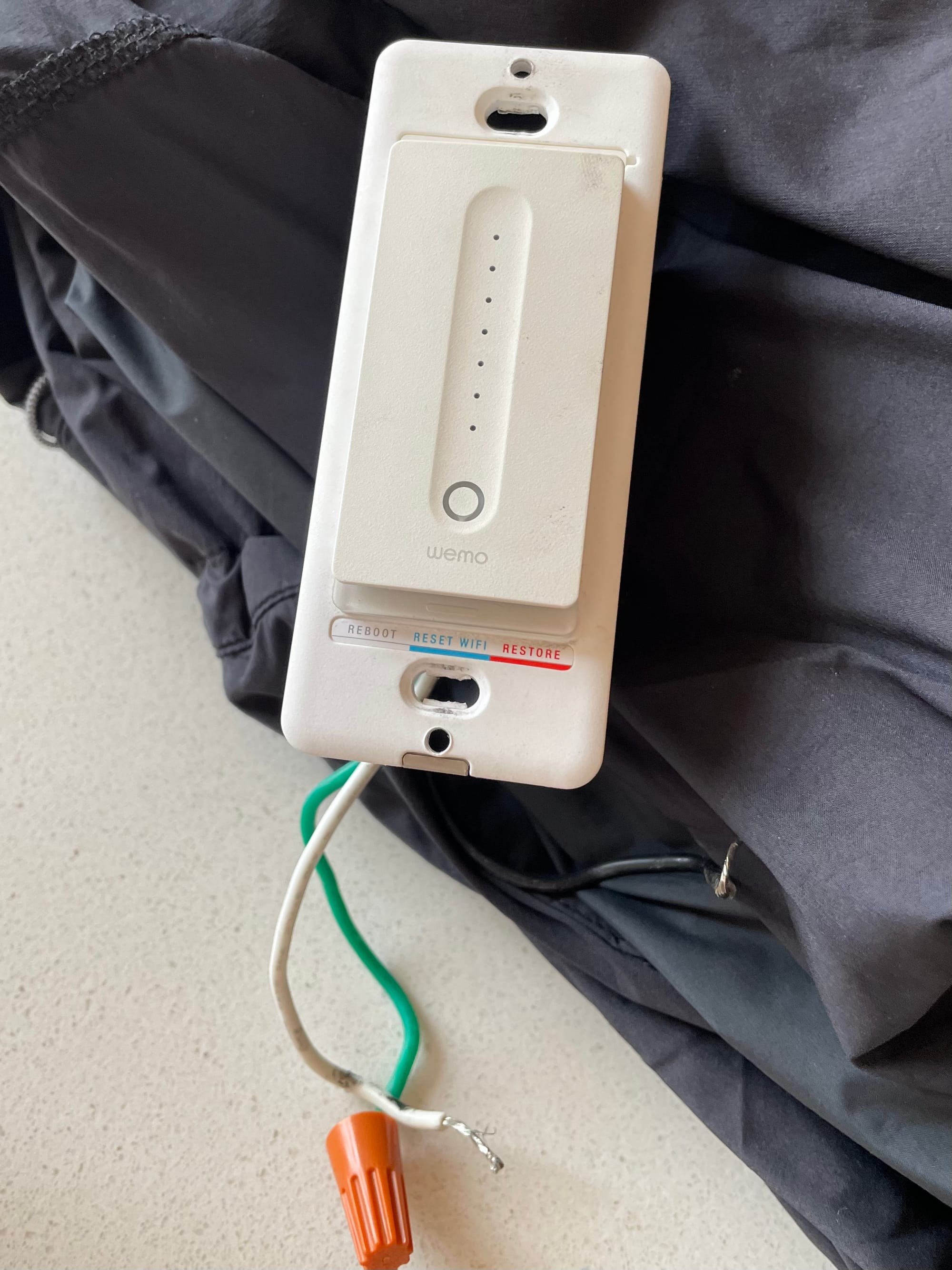
Privacy
Last but not least is the elephant in the room. You are ultimately willingly putting video and audio recording devices in your house, ones that directly link to a cloud server owned by a private company somewhere in the world. This isn’t ideal. Not only does it open up questions of who’s able to access that information, but it also makes you wonder what basic functions your house will lose if your internet connection goes down.
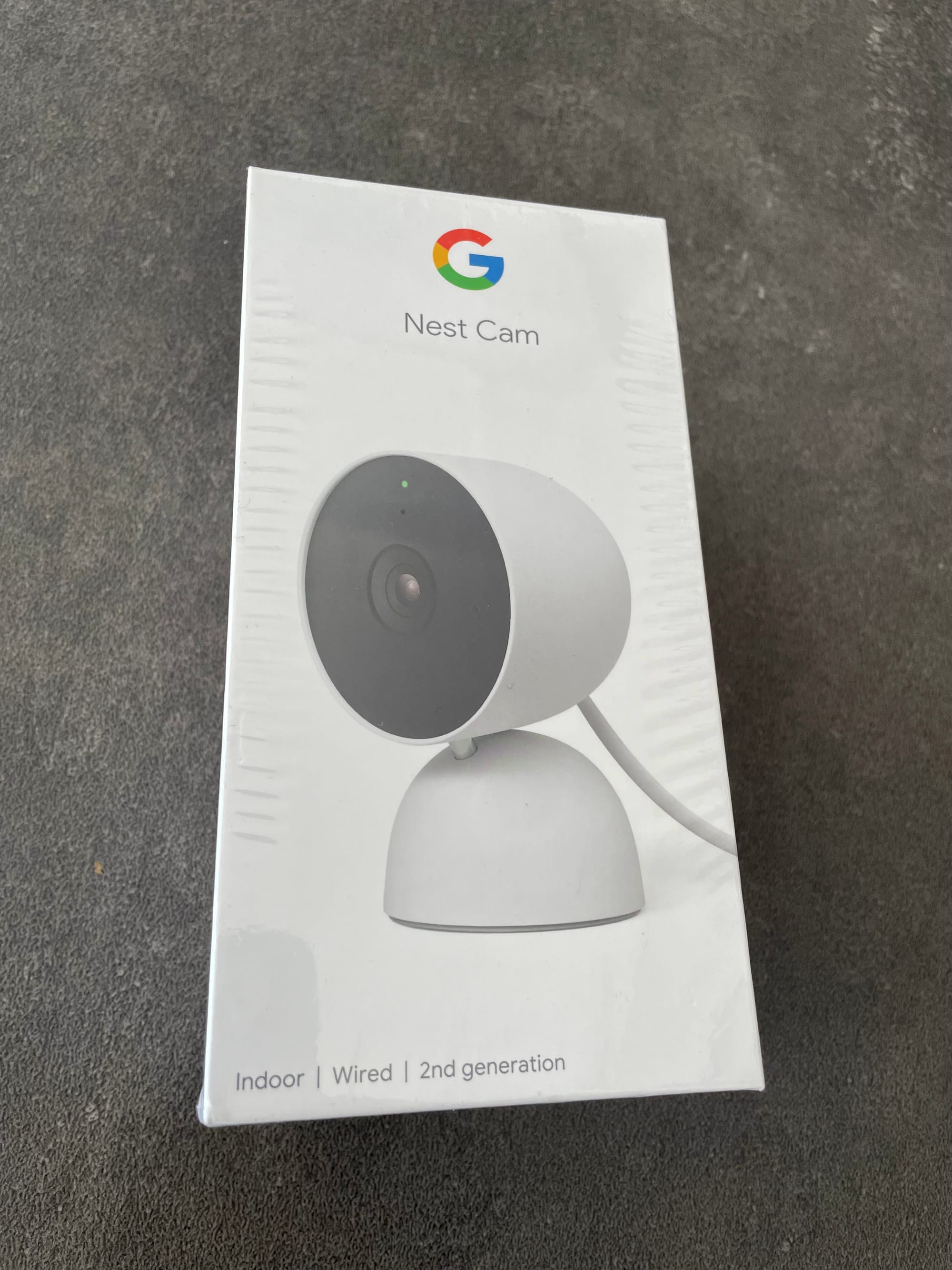
Sure, there are more and more local options on the market, but ultimately the vast majority of devices are cloud based. The affordable devices in particular are WiFi and cloud based.
Apple HomeKit seems to be prioritizing a local first experience in their Apple Home Kit video (which has it’s own challenges), and longer term I can see myself moving in this direction, or towards something totally self hosted on a NAS.
Conclusion
So where does this leave us. There is value in home automation. The products should exist. The issue is that the current crop of devices and standards just don’t make it easy for people to achieve that value. I think the key driver in this is the number of different players, and the prioritization of getting a high volume of products to market quickly and cheaply.
This is where is where apple could win the long run. Amazon took the speed with Alexa by having the most products on offer… but I think that resulted in the worst experience. Same with Google Home.
Apple HomeKit, notoriously had way less devices that were compatible with it, in part because it was harder to build for. But this may turn out to be what is needed. It’s not enough that the products function, they need to be reliable, as reliable as the old fashioned dumb light switches they replaced.